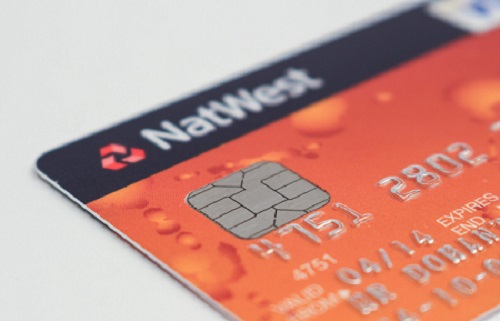Do You Take Credit for Secure Financial Practices?

Your credit cards are essentially your lifeline to the financial world, so one would assume you keep them protected at all times, yes?
Unfortunately, too many consumers can’t say yes to that question. In fact, misplacing a credit card or two at times in their lives is all too common. As a result, their financial worlds can be turned upside down at a moment’s notice, leaving them in a hole that sometimes seems too great to climb out of.
With that in mind, what are you doing as a consumer to best protect your financial well-being?
Being Pro-Active and Not Reactive Matters
In order to lessen the odds of becoming a victim, review your current financial practices, looking for any shortcomings that could put you and your finances at risk.
For starters, how many credit cards do you have?
In many cases, consumers have more than one card, though having a dozen or more is typically not the norm.
If you have a card or two (Visa, MasterCard, Discover, American Express etc.) for typical and/or purchases, perhaps a gasoline card or two (Shell, Exxon/Mobil etc.) for those fill-ups at the pumps, and a specialty card (Home Depot, Target etc.) for more specific purchases, you are likely in the norm.
How secure are you with those cards?
Card-makers are trying to lessen the chances that you will become an identity theft victim by making the cards more secure in the first place.
For starters, a number of different brands have installed “chip security” on their cards, making it more difficult for thieves to use them for ill-intended purposes. The cards are unique in their coding, giving you more security upfront.
That said it seems no product is 100 percent foolproof against the most determined of identity theft thieves. As a result, that’s where the consumer comes in.
He or she needs to be sure they are using their credit cards wisely, avoiding putting themselves in situations where their data could be swiped from them in literally seconds.
One of the ways to protect your credit card financial data is by making sure it stays in your hands and your hands only. This means avoiding giving it to friends or co-workers to use.
Sure, someone close to you may be in an occasional financial pinch, but don’t put your credit card out there as the answer. If they need to charge something, do it for them on your card, having them reimburse you as soon as they can. Even better, loan them cash and keep your credit card out of the situation altogether.
How Secure is That Server?
Another area of focus should be online security when purchasing products or services.
Whether working off of a server for your home computer or one when you are traveling for pleasure or business, it is crucial that the server be as secure as possible against cyber-criminals.
While identity theft can and oftentimes is as simple as swiping someone’s credit card and/or getting their data or signature off of a signed receipt, online attacks are pesky problems too.
If you are using a server set-up for your home computer, make sure the company in charge of it has high standards when it comes to Internet security. How often do they review their security procedures? Have they had a history of cyber-attacks? If they have an attack that impacts you, how quick will they be to rectify the situation?
Also look at the security of servers when you are on the road.
More and more hotels and motels are allowing guests to use their in-house computer/s for tasks like checking email, printing out boarding passes when flying etc.
You may also be tempted to log-in to your bank or other financial accounts while traveling, perhaps make a purchase using a credit card. The question then begs, do you fully trust that computer and its server?
As you can see, there are myriad of opportunities for criminals to get your financial data and use it for criminal means.
The best thing you can do is take as many precautionary steps as possible to thwart the criminals at their own games.
So, do you take credit for secure financial practices?